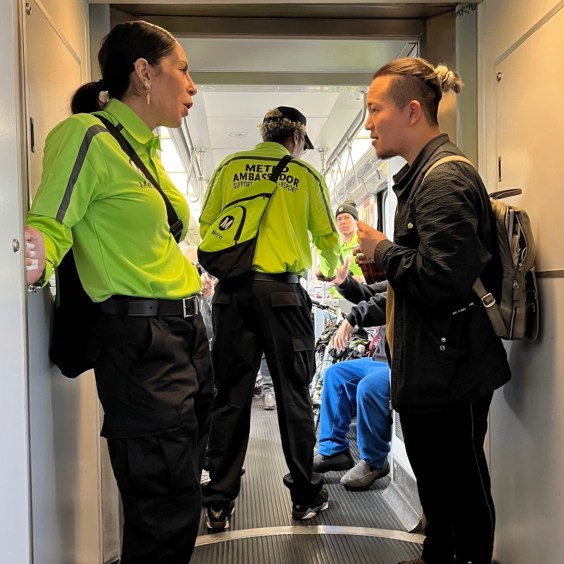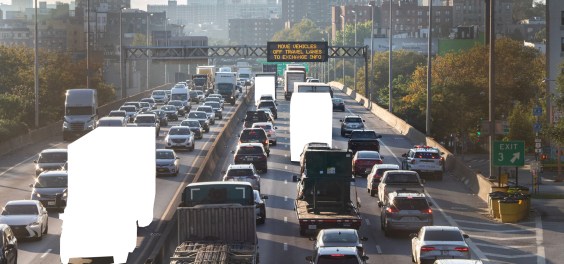- Funding Rejected by GOP Governors Keeps Obama’s HSR Plans on Track (Hill)
- LaHood: Passage of Transportation Bill Critical to Job Creation (Journal Star)
- DOT Bans Use of Hand-Held Devices for Commercial Drivers (Landline)
- Reviving the Urbanized, Habitable Bridge (Next American City)
- Would Fewer But Heavier Trucks Be Safer and More Fuel Efficient? (FOX)
- The Hummer Returns!? Could Obama’s Fuel Standards Bring Back the SUV? (TreeHugger)
- The Fringe Suburb is Dead (NYTimes)
- Looking Back on 2011 for Bikes Makes Grist Wheely Wheely Thankful
- Study: Answer to California’s Energy Crisis is Easy! E-Cars and More Power Plants! (Cyclelicious)
- Innovative Polish Subway Trains Recycle Kinetic Energy (Earth & Industry)
- Put to a Vote, Controversial $5.5 Billion Rail Project Wins in Germany (BostonGlobe)
Streetsblog
Today’s Headlines
Stay in touch
Sign up for our free newsletter
More from Streetsblog USA
How New York’s Governor Learned to Stop Worrying and Love Congestion Pricing
She loved, then hated, then loved, then gutted, and, yesterday, celebrated the congestion pricing toll as it marked its first birthday.
Five ‘Supercool’ Transportation Founders to Watch in 2026
These start-up leaders are throwing their weight behind the fight to decarbonize our city transportation networks — and this podcast host is picking their brains.
Tuesday’s Headlines Get Ready for the World Cup
Cities across the country are prepping their transit systems for soccer fans arriving from around the globe.
LA’s ‘Transit Ambassador’ Program is Working
"Overall, ambassadors contribute to improved passenger experiences and play a needed role not well-served by other existing staff or system design features."
Congestion Pricing Started One Year Ago … And It’s Working Great
New York City's experiment is right on track, doing almost everything it promised to do. Here's an anniversary story.
How Congestion Pricing Proved the Haters Wrong and Is Changing New York for the Better
Happy birthday to the toll cameras! Congestion pricing is working as promised — defying haters and doubters, including President Trump. Here's why.





